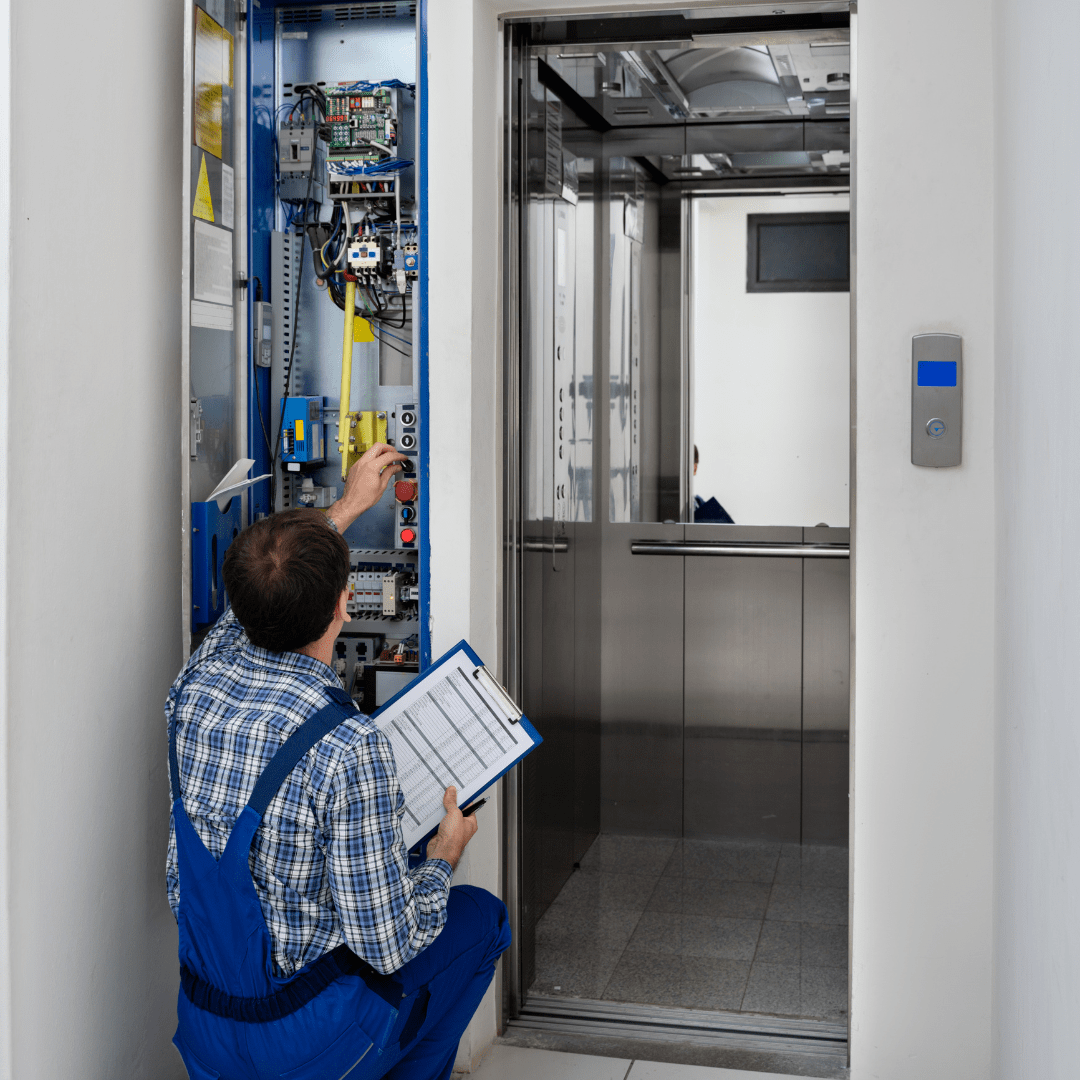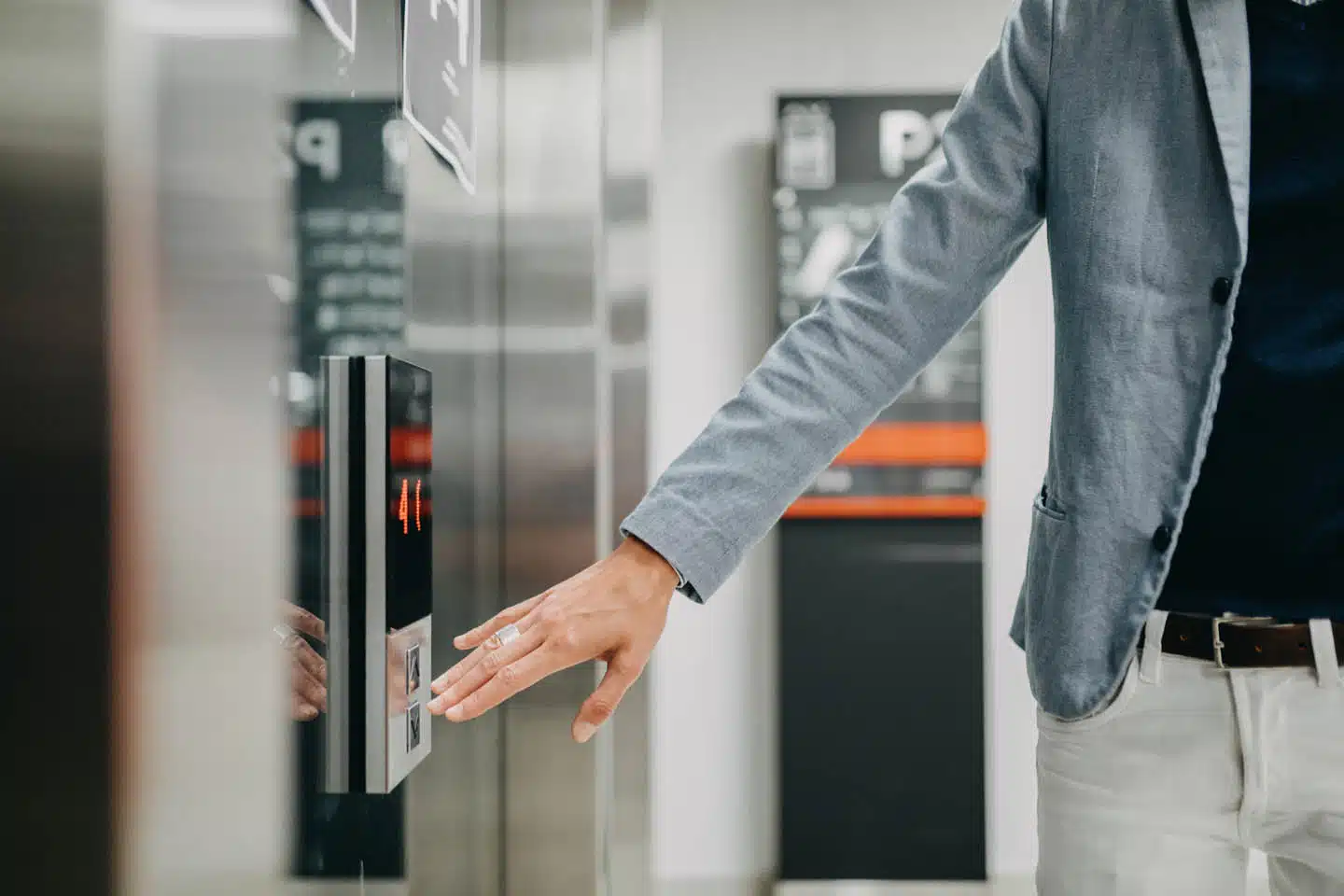As a New York building owner or manager, it’s your responsibility to ensure that your elevators comply with the codes and standards specified by the NYC Department of Buildings, who are in charge of interpreting and enforcing codes and regulations. But what does the code mean for the elevators in your building? Join the Code Compliance team at Start Elevator as they guide us through the code.
The terminology
First of all, let’s take a look at some of the terminology and clarify what the various terms mean.
What is ASME?
ASME (The American Society of Mechanical Engineers) is a national, professional association that develops codes and standards that govern the design, fabrication, and inspection of mechanical systems to ensure safety, reliability, and quality. ASME develops codes and standards for elevators, as well as for many other components.
What is ANSI?
ANSI (The American National Standards Institute) is a private, non-profit organization that oversees the development standards for products, services, processes, systems, and personnel in the United States. It doesn’t publish its own code, but instead works to accredit the code developed by organizations like ANSI, ensuring that the standards they develop follow a transparent, open, and consensus-based process.
What is the NYC Building Code?
The New York City Building Code is a regional set of standards for building owners to follow. The code is not based directly on ANSI standards, but on the International Building Code with local amendments. However, ANSI standards are still referenced and incorporated into some sections of the NYC Building Code (such as the elevator section for example).
Why is the code important?
The purpose of the elevator code is to ensure the safe installation, operation, and maintenance of elevators, to protect the safety of building occupants and to minimize the risk of accidents or malfunctions related to elevators. The code is subject to regular updates and revisions, so you should always stay up to date with the latest version and be aware of changing requirements.
What happens if you get a violation?
If you are found to be in violation of the NYC Building Code, you will get a notification from the Department of Buildings. They will offer you a timeframe in which to correct the issue. If you fail to address the issue in the time given, you can face penalties, legal consequences, restrictions on property use – not to mention reputational damage.
Where to find the elevator code
In the 2022 NYC Building Code, Chapter 30 is the section that covers ‘elevators and conveying systems’. You can find the code on the NYC Department of Buildings website. In the ANSI code, the corresponding section can be found in A17. You may see references to A17.1, A17.3, and Chapter K3 of Appendix K, with revisions for NYC – all of which handle different aspects of elevator code. The ANSI code is available to purchase on the ANSI resources page.
The key elements of the NYC Building Code for elevators include:
Elevator Brakes
Guidelines for elevator brakes ensure safe passage for all riders. Section 3.8.4.1 outlines upcoming requirements for existing traction elevators. There are two options:
1. Dual plunger brake assemblies: A braking system with more than one trigger, ensuring the elevator stops safely if electricity cuts out.
2. Unintended car movement protection: A system of rope grippers that controls unexpected movement by clamping hoisting ropes.
IMPORTANT UPDATE: All traction elevators with single plunger brakes must be replaced with dual plunger brake assemblies or unintended car movement protection. Compliance deadline is January 1, 2027.
Don’t wait until 2026 to update your brakes, or you risk expensive delays and non-compliance. Request a quote from Start Elevator to start the process today.
Installation Standards
These are guidelines for the proper installation of elevators, including structural considerations, placement, and clearances.
Maintenance and Inspection Requirements
You’re required to arrange regular inspection schedules to assess the condition of elevators and ensure compliance with safety standards. Routine maintenance needs to address wear and tear, prevent malfunctions, and ensure continued safe operation.
Emergency Procedures
You need to adhere to the protocols for handling elevator emergencies, including entrapments, power failures, and other unexpected events. There are certain requirements for emergency communication systems within the elevator.
- IMPORTANT UPDATE: In November 2022, The NYC Building Code was updated to require all new elevators (or major modernizations) to feature permanent two-way communication means within the car, as well as provide the means for authorized personnel to observe passengers in the elevator car via video, to assess an entrapment situation.
Accessibility Standards
You must comply with accessibility standards to ensure that elevators are usable by individuals with disabilities.
Safety Features
There are specifications for safety features such as emergency brakes, overspeed governors, and interlocks, to prevent accidents. One example of a safety feature is the installation, or activation, of Door Lock Monitoring. This is a system to monitor and prevent automatic operation of elevators with faulty door contact circuits.
In New York City, elevators and escalators have to comply with a specific safety code that offers comprehensive guidelines for design, construction, installation, operation, inspection, testing, maintenance, alteration, and repair. We often refer to this as the ASME A17.1 code.
- IMPORTANT UPDATE: In January 2015, The NYC Building Code was updated to require elevators with single plunger brakes to change to a dual-plunger type assembly – or to ensure it complies with what the code specifies as ‘Unintended Car Movement Protection’. Compliance deadline is Dec 31, 2026.
Load Capacity and Overload Protection
There are guidelines on the maximum weight capacity of elevators and mechanisms to prevent overloading.
Electrical and Mechanical Standards
You must comply with standards for the electrical and mechanical components of the elevator, including wiring, motors, and control systems.
Record Keeping
There are requirements for maintaining accurate records of inspections, maintenance, and repairs, as well as documentation related to the installation and modification of elevators.
Code Compliance Inspections
You must follow the processes for conducting inspections, to ensure that elevators comply with the current building codes.
Periodic Testing
There are specifications for periodic testing of elevator systems to assess their functionality and safety. The NYC building code requires elevators to be inspected and tested twice a year, by a contracted inspection agency on behalf of the Department. These inspections are usually unannounced, and you must provide inspectors access so they can complete the required inspections/tests.
Category Testing is a different type of testing which is performed and witnessed by approved independent third-party agencies licensed by the Department. You are responsible for hiring your own, approved, inspection agency.
The categories are:
- Category One (Cat-1)
No load safety test – performed each year between January 1 and December 31.
- Category Three (Cat-3)
Testing of water hydraulic elevators – performed every three years from date of installation.
- Category Five (Cat-5)
Rated load and speed test – performed every five years from date of installation.
Feeling lost in the code?
If you have any questions when it comes to elevator code, compliance, or testing, you are always welcome to connect with our team who would be happy to help guide you in the right direction. Nobody wants to end up with frustrating and potentially costly violations, but if you have challenges with rectifying a situation through your existing service provider, we’re ready to step in and help. Give us a call today on (718) 324-9166!



